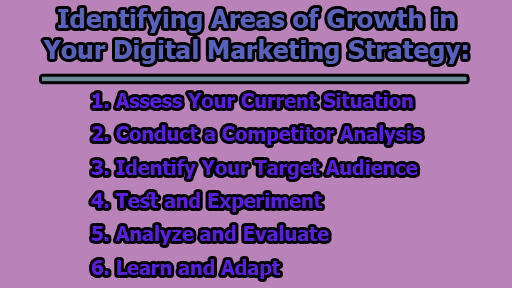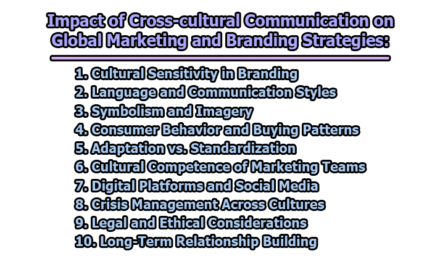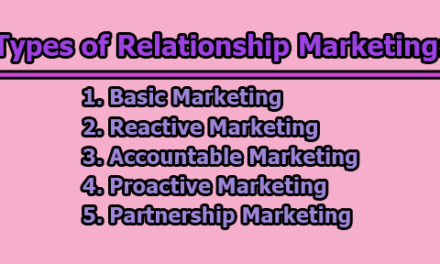Identifying Areas of Growth in Your Digital Marketing Strategy:
Digital marketing is an ever-evolving and competitive landscape that demands constant adaptation and improvement. Success in this field requires a clear vision of your goals, a deep understanding of your target audience, and a data-driven approach to measure and optimize performance. To thrive in the digital marketing realm, it is crucial to identify areas of growth within your strategy. In this article, we will explore identifying areas of growth in your digital marketing strategy.
1. Assess Your Current Situation: The initial step to enhance your digital marketing strategy is to thoroughly assess your current situation. Using frameworks like SWOT (Strengths, Weaknesses, Opportunities, and Threats) and SMART (Specific, Measurable, Achievable, Relevant, and Time-bound) can be incredibly valuable. A SWOT analysis allow you to evaluate both internal and external factors affecting your success, while SMART objectives help you set realistic and measurable goals. By conducting this assessment, you can gain a better understanding of where you stand and where you want to go.
2. Conduct a Competitor Analysis: To stay ahead in the digital marketing game, it is crucial to understand what your competitors are doing. Conducting a competitor analysis and benchmarking your strategy against your rivals is essential. You can use various tools and methods to examine your competitors’ online presence, activities, and performance. SEO tools can be used to analyze their keywords, rankings, and backlinks. Social media tools can help monitor their engagement, reach, and sentiment. Additionally, analytics tools will provide insights into their website traffic, conversions, and revenue. By learning from their best practices and mistakes, you can identify gaps and opportunities in the market.
3. Identify Your Target Audience: One of the most critical aspects of a successful digital marketing strategy is knowing your audience. Segment your audience into different groups based on their characteristics, behaviors, and needs. Utilize personas, surveys, interviews, and analytics to gather and analyze data about your potential and existing customers. Customer journey maps, touchpoints, and funnel stages can help you understand their pain points, motivations, and goals. By identifying your target audience, you can tailor your digital marketing strategy to their preferences and expectations, creating more personalized experiences.
4. Test and Experiment: To discover what works best for your target audience and objectives, you must experiment with various digital marketing tactics and channels. Techniques like A/B testing, multivariate testing, and split testing allow you to compare and optimize different elements of your campaigns. This includes headlines, images, copy, calls to action, landing pages, and emails. Leveraging social media, content marketing, email marketing, video marketing, and influencer marketing, among other strategies, can also be beneficial. Experimentation helps you uncover new insights and ideas, ultimately improving your digital marketing performance.
5. Analyze and Evaluate: After implementing your digital marketing strategy, it is vital to consistently analyze and evaluate the results to measure effectiveness and efficiency. Employ various metrics and indicators such as impressions, clicks, conversions, bounce rate, retention rate, cost per acquisition, return on investment, and customer lifetime value to monitor your performance. Dashboards, reports, and feedback can be useful in visualizing and communicating your data and findings. Through analysis and evaluation, you can assess your progress and impact, pinpoint areas for improvement and growth, and make data-driven decisions.
6. Learn and Adapt: In the ever-changing landscape of digital marketing, continuous learning and adaptation are essential for success. Utilize the PDCA cycle (Plan, Do, Check, Act) to implement a process of continuous improvement. Embrace the growth hacking mindset, which promotes rapid experimentation, learning, and iteration. By staying flexible and adaptable, you can keep pace with changing trends and market demands, ensuring that your digital marketing strategy remains effective and aligns with your goals.
In conclusion, digital marketing is a dynamic field that requires constant refinement and adaptation. By following these key steps – assessing your current situation, conducting a competitor analysis, identifying your target audience, testing and experimenting, analyzing and evaluating, and learning and adapting – you can identify areas of growth within your digital marketing strategy and maximize the opportunities that lie ahead. Remember, in the digital marketing world, staying ahead means staying relevant, and these steps will help you do just that.

Library Lecturer at Nurul Amin Degree College










